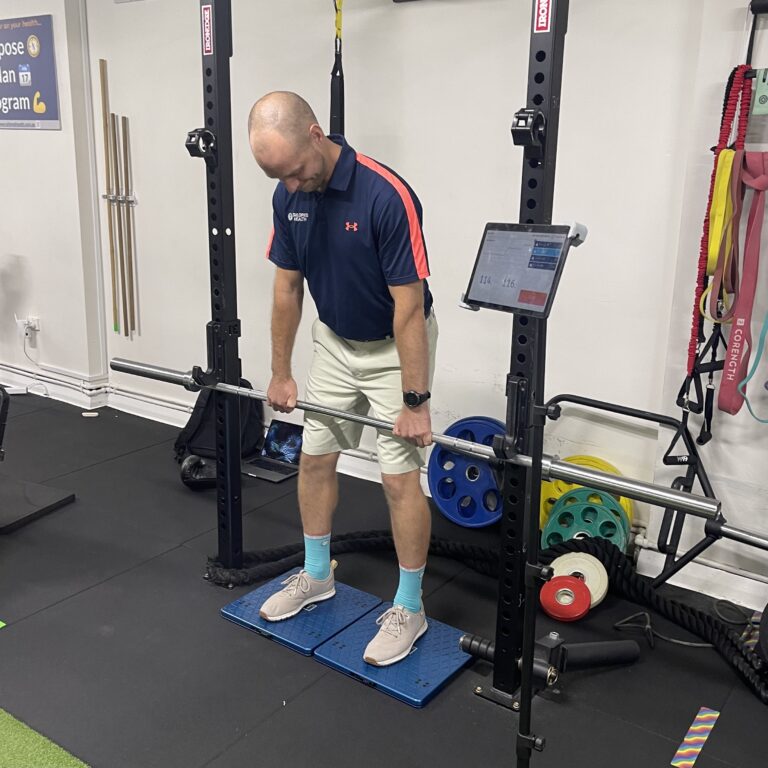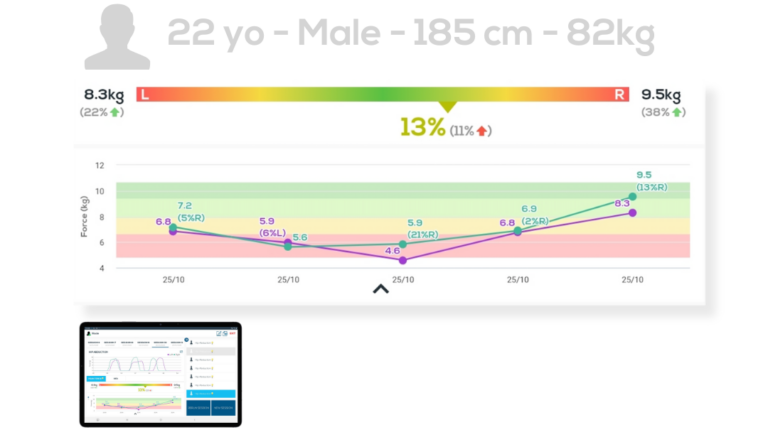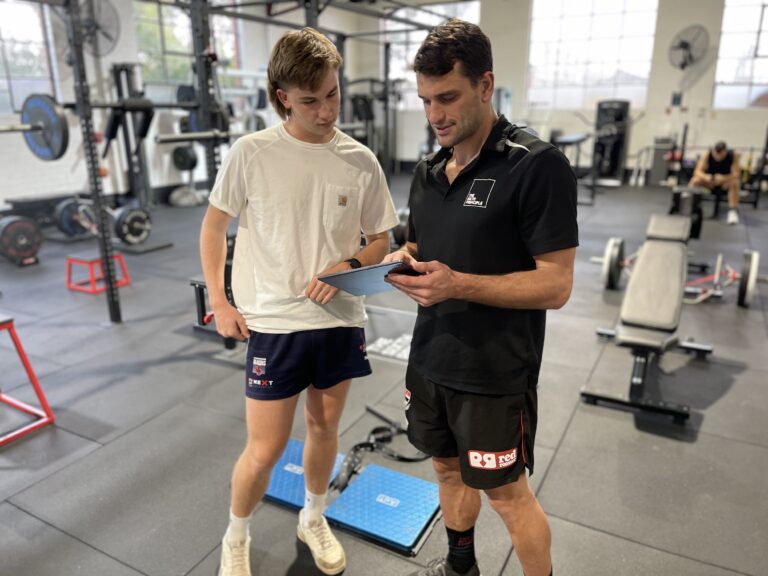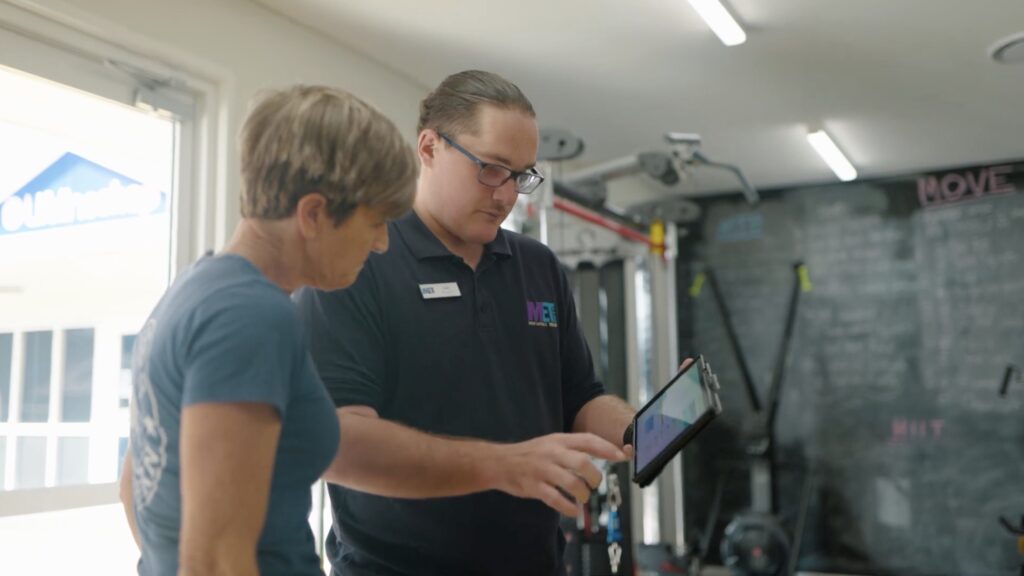It’s no secret that data-driven care is rapidly becoming the norm. Strength testing tools like the AxIT portable force plates and dynamometers are helping health and fitness professionals move beyond guesswork. But collecting objective metrics is only half the equation. The real magic happens when we translate those numbers into something clients understand, care about, and act on. This is where emotional buy-in becomes a powerful tool in the health and fitness professional’s toolbelt.

What Is Emotional Buy-In and Why Does It Matter?
Emotional buy-in is the moment your client understands the “why” behind their care or training plan and feels invested in following through all the way to the end. It’s the moment it all “clicks”, and they’re ready to see it through to the end. When clients believe deeply in the process, they’re more likely to show up, stay consistent, and engage meaningfully with their program.
Research has shown that adherence to health care plans significantly improves when clients are actively involved in their care. Objective strength data provides a critical opportunity to foster that involvement if it’s presented the right way. In this article, we’ll explain what that looks like with the AxIT suite.
Using AxIT to Build Understanding and Motivation
Tools like force plates and dynamometers are designed not only to gather precise metrics on your clients strength, flexibility and balance, but also to present them in a way that’s visually digestible for anyone. One of the most powerful features in accomplishing this is the traffic light reporting system, which categorises results into red (needs improvement), yellow (developing), and green (on target or above average).
This simple colour-coded feedback is instantly recognisable and intuitively meaningful to clients. There’s no need for them to interpret rate of force development graphs or read multi-page technical reports. Instead, they see:
- Where they are now
- How they compare to matched normative data
- What needs work and why
This makes the results actionable, and crucially, makes the client feel like an informed participant rather than a passive recipient.

Telling a Personal Story with Data
In clinical research, we care about population-level effects. But in practice, your client cares about themselves. AxIT allows practitioners to show individual progress over time by comparing baseline and follow-up scores in the same intuitive format.
When a client can clearly see they’ve moved from red to yellow in an isometric hip abduction strength test it turns an abstract goal into a tangible win. This visual reinforcement fosters self-efficacy, builds momentum, and increases the likelihood of ongoing adherence.
Emotional Buy-In Drives Long-Term Results
Consistency, not perfection, is what gets results in both rehab and performance. But consistency requires sustained motivation, and motivation often wanes without feedback. AxIT helps bridge that gap by providing clients with ongoing evidence that their efforts are paying off.
Businesses using AxIT often find that clients who experience this feedback loop are:
- More compliant with prescribed exercise routines
- More likely to complete their exercise program
- More willing to invest in ongoing or preventive health and wellness programs
Some clients even return for re-testing months after discharge not because they’re injured, but because they want reassurance and direction to keep progressing. That’s emotional buy-in at work.

The Takeaway: Data is Only Useful If It’s Understood
Objective data using force plates and dynamometry testing is a powerful tool, but only if it resonates with the person it’s meant to help. AxIT’s client-facing reports and clear visual feedback empower clients to understand their results, take ownership of their rehab, and stay committed.
If you’re aiming to improve adherence, engagement, and long-term outcomes in your clients, don’t just measure performance. Make it meaningful.
Want to learn how the AxIT suite can create emotional buy-in in your business?
Book a demo with Strength By Numbers and see how easy it is to translate data into motivation.

